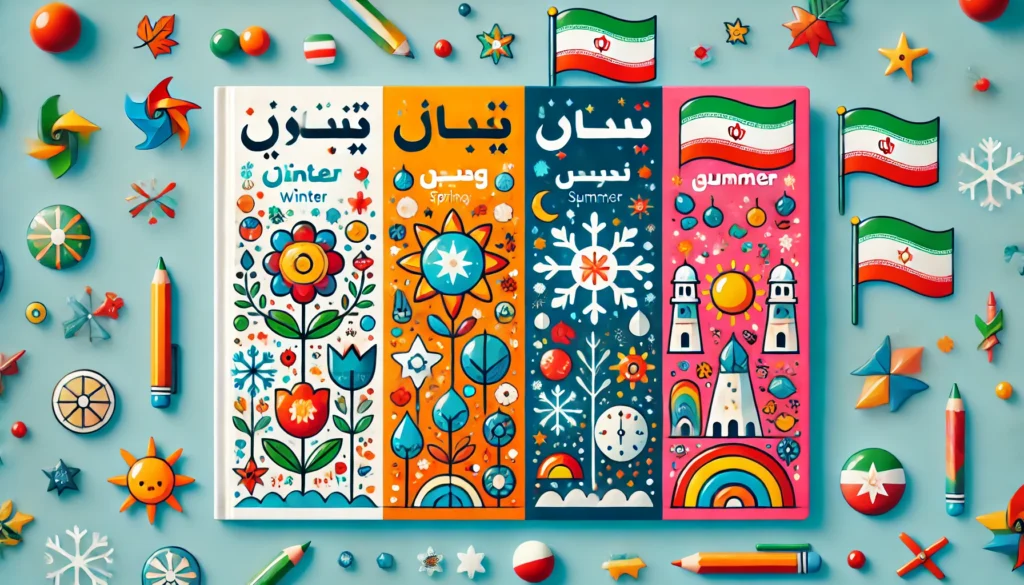Seasons in Persian
Learning about seasons in Persian can be a delightful journey that not only enhances your language skills but also deepens your cultural understanding. Understanding how seasons are experienced and described in Persian can open up a whole new world of vocabulary, expressions, and traditions. Here’s why delving into this topic is important and how you can make the learning process engaging and fun.
Why Learn about Seasons in Persian?
Understanding how seasons are perceived in Persian-speaking cultures provides valuable insights into the way of life, traditions, and even the mindset of the people. By learning about the seasons in Persian, you can:
- Expand your Vocabulary: Learning seasonal terms in Persian helps you enrich your vocabulary and communicate more effectively.
- Connect with the Culture: Seasons play a significant role in Persian culture, from celebrations like Nowruz (Persian New Year) to seasonal foods and traditional activities.
- Enhance Language Skills: Exploring how seasons are described in Persian improves your language proficiency and comprehension.
How to Learn about Seasons in Persian
Here are some effective methods to learn about seasons in Persian while making the process enjoyable:
- Use Visual Aids: Utilize visual aids such as images, videos, or infographics depicting seasonal changes and activities in Persian-speaking regions.
- Practice with Native Speakers: Engage with native Persian speakers to learn how seasons are discussed, described, and celebrated in everyday conversations.
- Immerse Yourself: Immerse yourself in Persian music, movies, or literature that portray seasonal themes to grasp the cultural significance of each season.
- Utilize Language Learning Apps: Use language learning apps that offer lessons on seasons in Persian, interactive exercises, and quizzes to reinforce your knowledge.
Examples of Seasons in Persian
Here are a few examples of how seasons are described in Persian:
- بهار (Bahar) – Spring: وقتی که گلها شکوفه میکنند و طبیعت زنده میشود. (When flowers bloom and nature comes alive.)
- تابستان (Tabestan) – Summer: زمان گرما و آفتاب که مردم به سواحل دریا میروند. (The time of warmth and sunshine when people head to the seaside.)
- پاییز (Paeez) – Autumn: زمانی که برگها زرد میشوند و از درختان میافتند. (When leaves turn yellow and fall from trees.)
- زمستان (Zemestan) – Winter: زمانی از سال که برف میبارد و دمای هوا پایین میآید. (A time of the year when it snows and the temperature drops.)
Exploring the seasons in Persian offers a fascinating insight into the natural rhythms and cultural nuances of Persian-speaking communities. By immersing yourself in the vocabulary, expressions, and traditions associated with each season, you not only enhance your language skills but also develop a deeper appreciation for Persian culture.

بهار(Spring)
–

تابستان(Summer)
–

فصل پاييز(Autumn)
–

زمستان(Winter)
–

